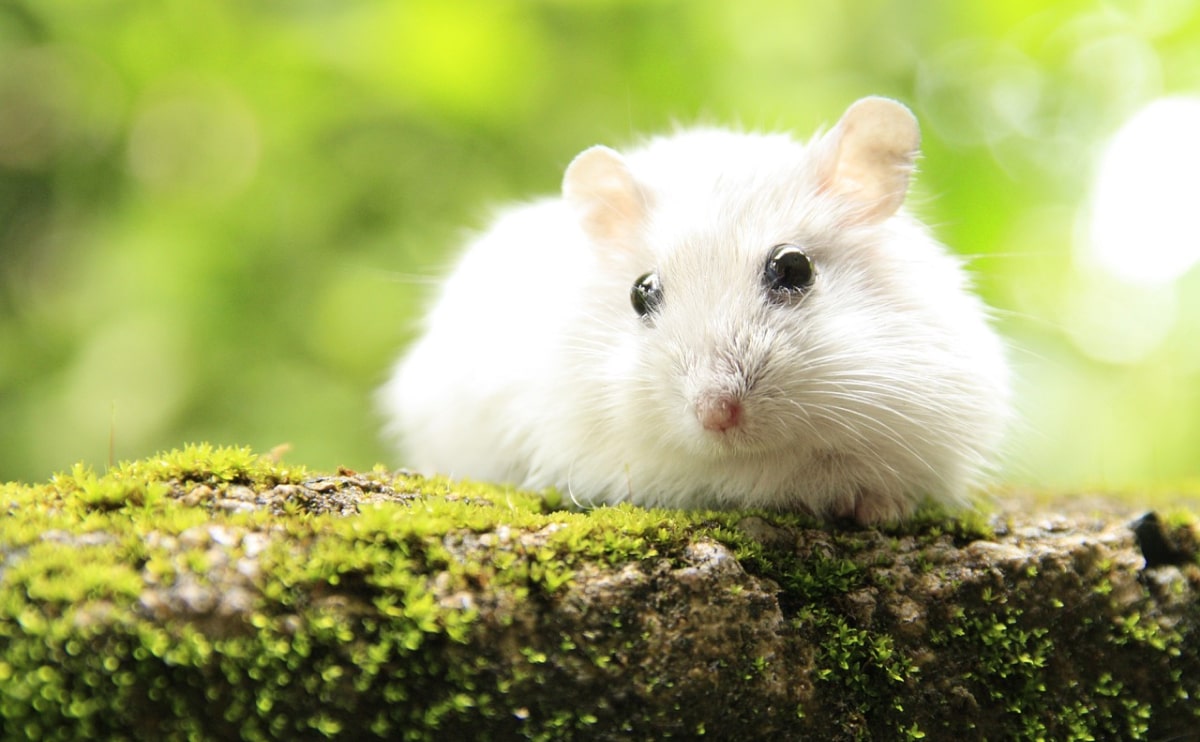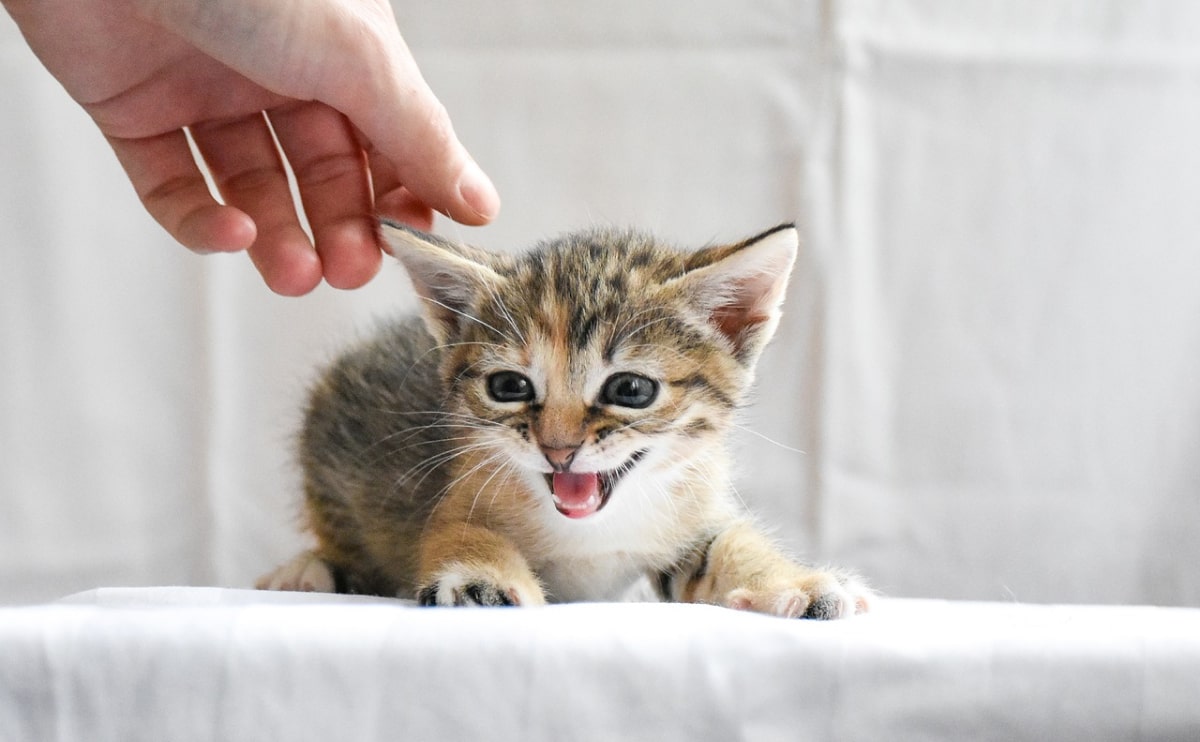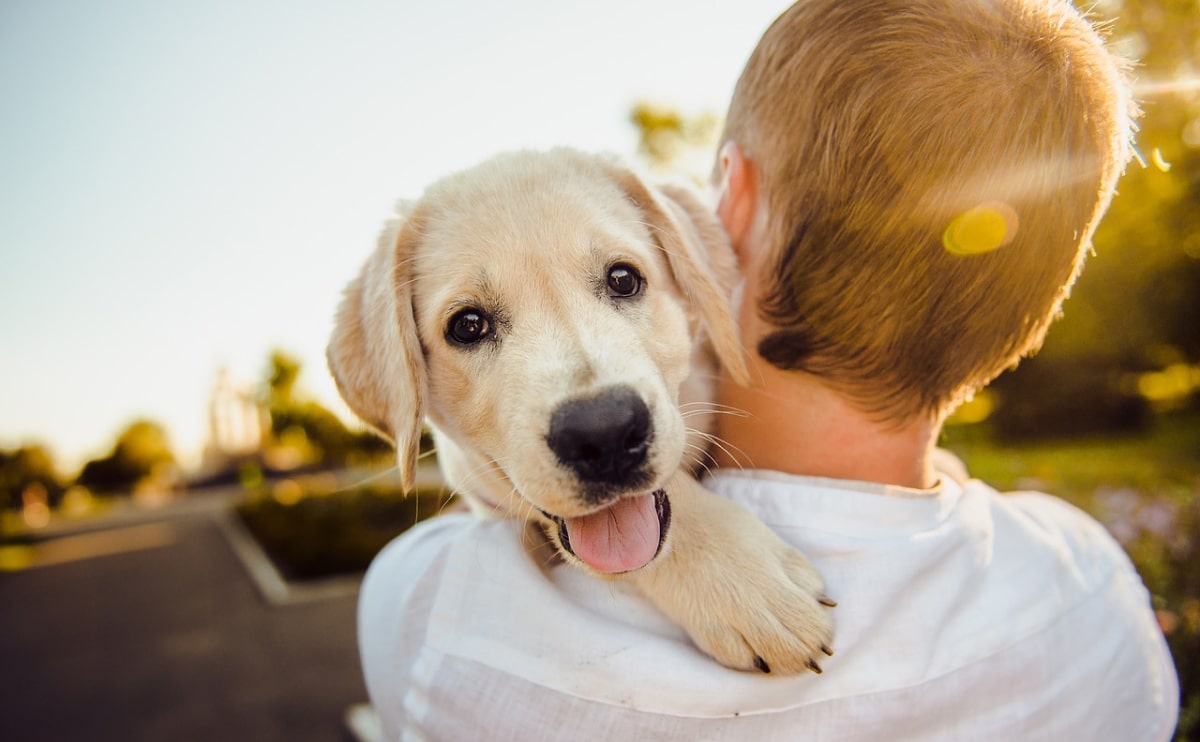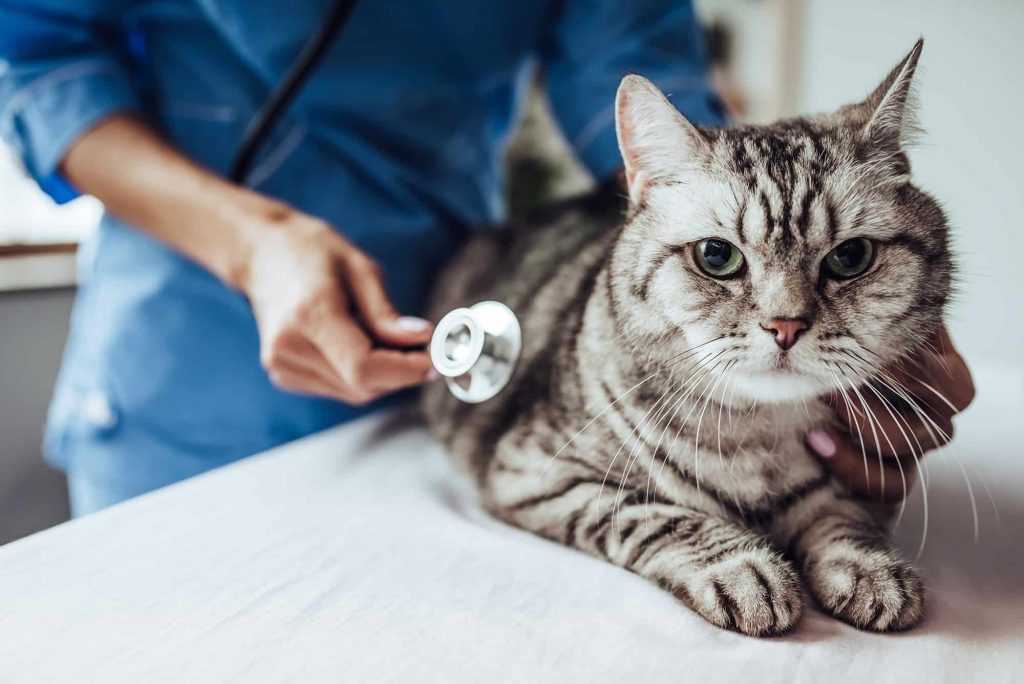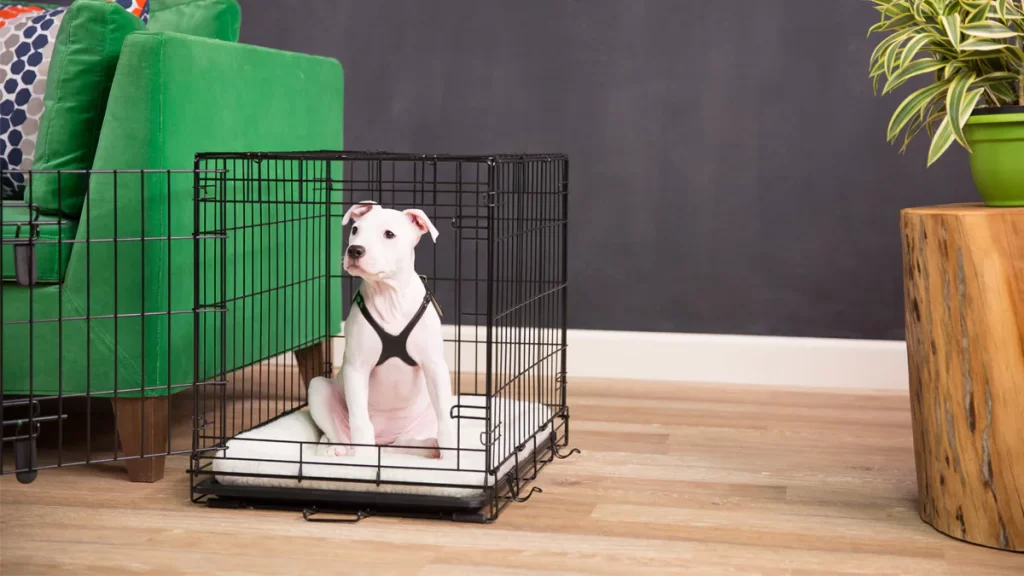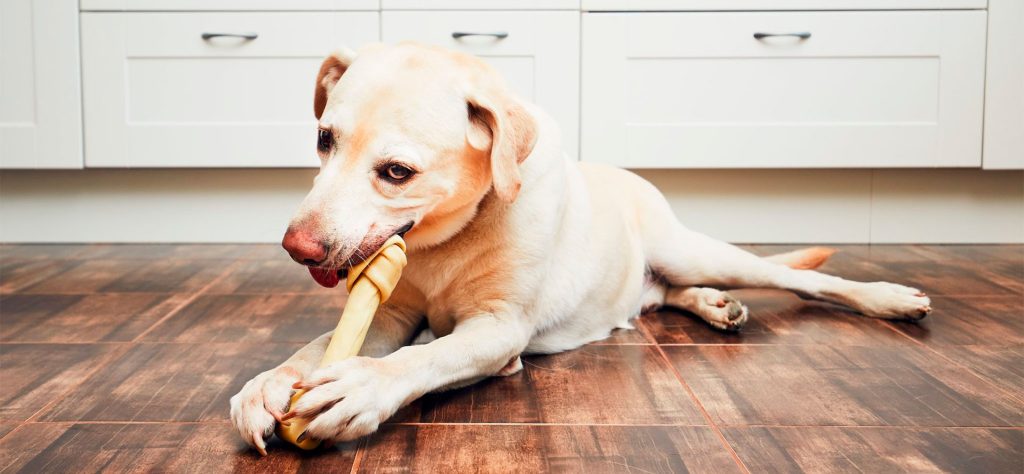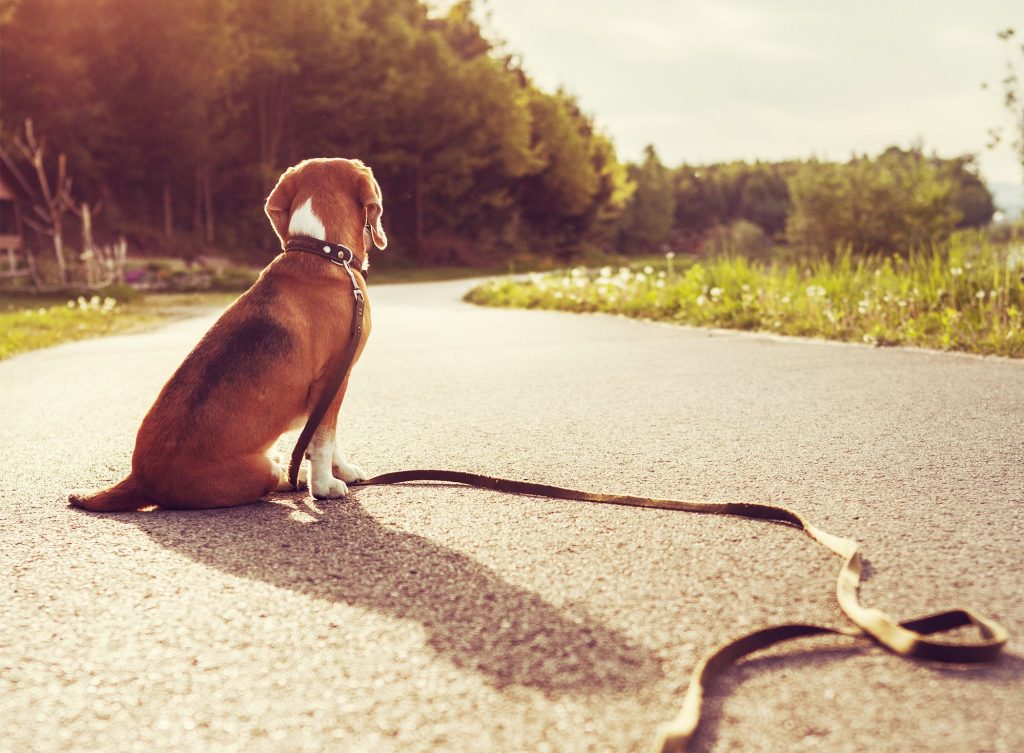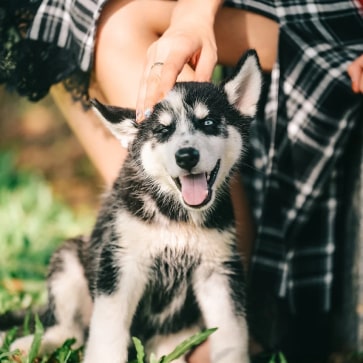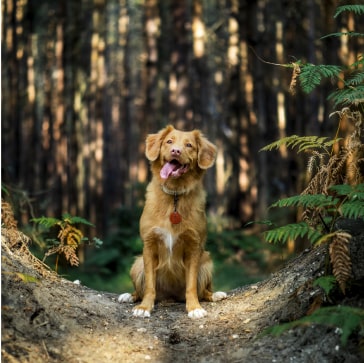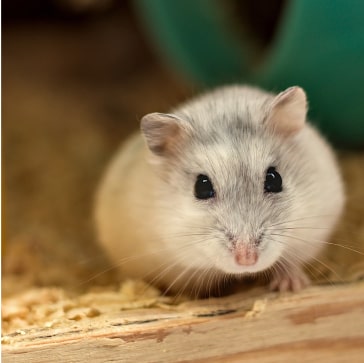Blog
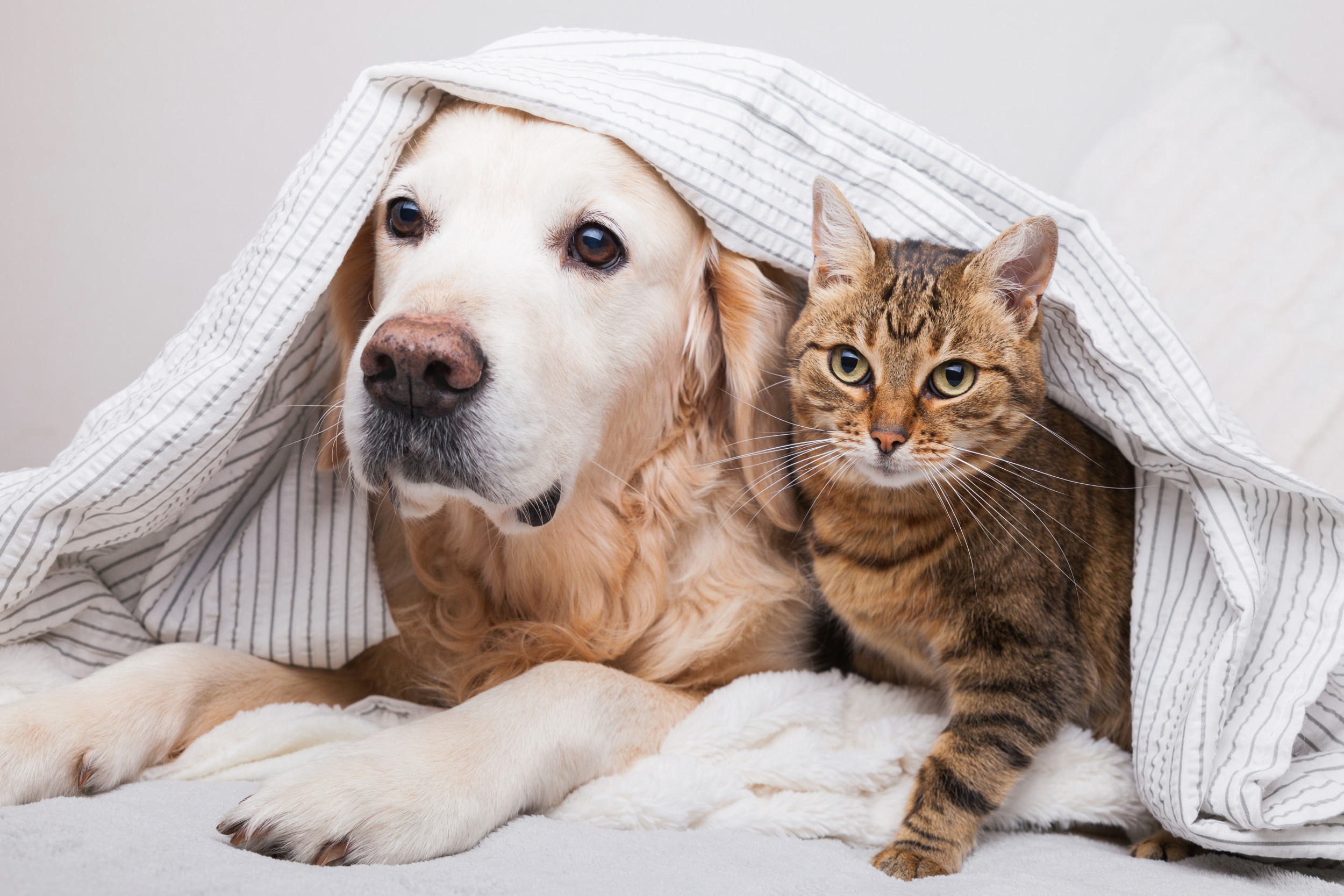
Making Your New Dog or Cat Best Friends With Current Pet

Pet owners frequently want to fill their homes with cute, cuddly creatures that make them happy and add to their family dynamic. Even if your partner or kids adjust nicely, combining various species can quickly become a nightmare. Here are some recommendations for getting a dog and a cat to love one other as much as people do.
Find Shelter Pets With Other Animals Experience
For a happy household, whether you currently have a dog or cat and want more, or you’re getting both for the first time, contact your local shelter about picking the perfect pet and acclimating them. Ask shelter personnel if they have any cats that have lived with dogs, and vice versa if you already have a cat as a pet. Introducing the newbie to your settled pet in a supervised environment might help them overcome any worry or fear.
Tire Your Pet Before Meeting the Newcomer
Taking your dog for a long fetch or jog around the neighborhood will help them relax before meeting a new cat. If you have a cat, spend some time playing with it or cuddling it before the meet. This can help them retain their cool when a new pet comes into the house, and keep them engaged or content during the change.
Make a Quick First Impression
During the initial meeting, avoid overcrowding your existing pet and the newcomer. Keeping the meeting brief and then separating them might help them feel less obligated to mark their territory or defend their owners. After a month of supervised interaction, they should start to feel more at ease in one other’s company and learn to adjust to each other’s presence in the household.
Allow for Separate Retreats for Each Pet
Separating the two animal pals’ sleeping and resting spaces is important for a healthy household environment. If they don’t have their own private retreats, they’re more prone to fight over the same location.
Train Your Dog Before Introducing a Cat
Bringing a cat into a home with an existing dog might help avoid complications. Knowing your dog knows when to leave things alone or come when called might help you keep both animals in check. Both pets can learn to obey, but having two creatures that don’t know the home rules might be disastrous for everyone.
Separate the Food and Water Bowls
A water and food bowl in the same place is a recipe for disaster. Cats and dogs are naturally apprehensive of other animals near their food and water, whether they are of the same species or not. This will discourage them from engaging into frantic conflicts over their fundamental requirements. Also, keep a dog away from a cat’s litter box. If a dog looks to have invaded the cat’s territory, this might lead to messes all over the house.
Initially, Use Barricades to Contain Both Animals
They should be permitted to roam the house freely once they’ve adapted to their new home and your old cat or dog has adjusted to their presence. Initially, it’s better to keep the dog on a leash so they don’t scare the cat. Mobile furniture or even baby gates can assist construct temporary roadblocks.
Prevent Them From Harming Each Other
The first few weeks with a cat and a dog can be stressful, especially if they look to be ready to fight straight away. Taking extra measures like muzzling your dog or cutting your cat’s claws will help safeguard your pets from each other during the transition phase.
When All Else Fails, Call A Pro
If nothing seems to help your cat and dog get along, it may be time to consult an animal behaviorist. Aggressive behavior from one or both animals will not only put you and your family on edge, but will also make your house feel weird. Professionals can assist you identify your dogs’ requirements and make advice for softening their temperaments towards each other.
Having a secure and happy house full of manageable pets is the desire, but mixing species isn’t always easy.
A friendly environment for humans and pets. This guide will assist your new cat or dog adjust to your home while also introducing your existing pet to their new furry roommate.




